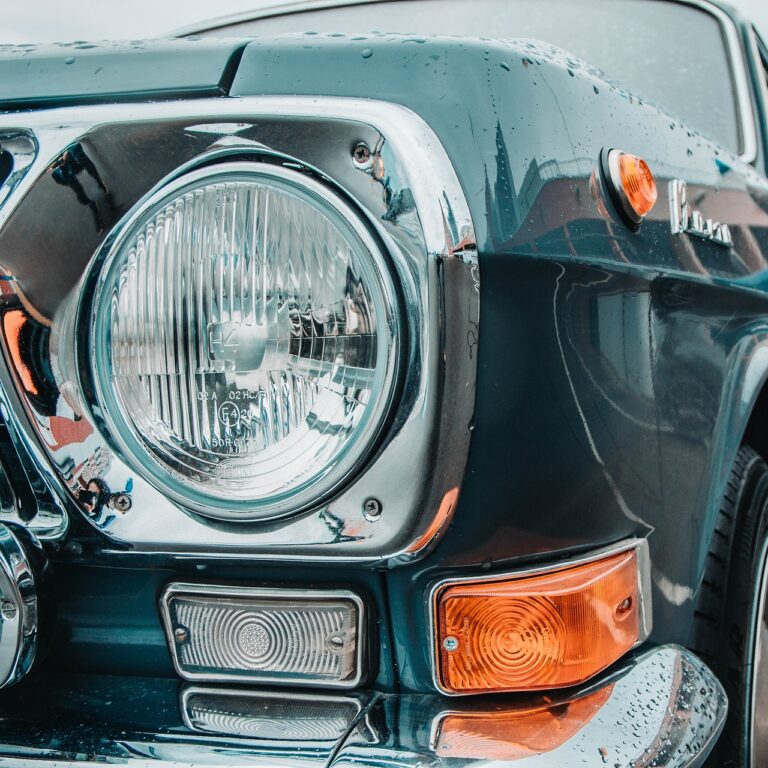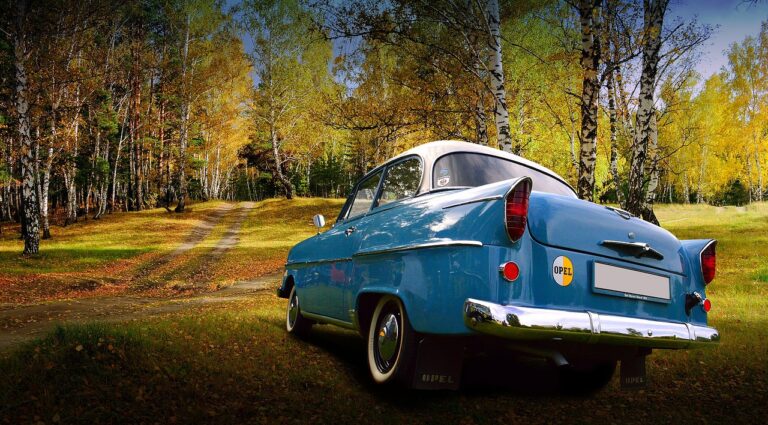Assessing the Impact of 3D Printing on Spare Parts Availability for Older Vehicles
3D printing technology has revolutionized various industries across the globe. Its ability to create intricate designs and functional prototypes with precision has made it a preferred choice for manufacturers and designers. The advent of accessible and affordable 3D printers has democratized the production process, allowing small businesses and individuals to bring their innovative ideas to life.
One of the key advantages of 3D printing technology is its flexibility in material usage. From plastics and metals to ceramics and even food, 3D printers can work with a diverse range of materials to cater to different needs. This versatility opens up a world of possibilities in manufacturing, healthcare, and even construction, as designers can experiment with various materials to create custom-made products and components.
Challenges Faced by Owners of Older Vehicles
Owners of older vehicles often encounter difficulties in finding replacement parts due to discontinuation by manufacturers. This can lead to extended downtime and increased maintenance costs as owners may have to resort to purchasing aftermarket parts that may not be of the same quality as original components. As a result, maintaining an older vehicle can become a challenging and expensive endeavor.
Moreover, older vehicles may lack the advanced safety features and technology found in newer models, posing safety concerns for owners and passengers alike. Without features such as ABS, airbags, or traction control, older vehicles may be more susceptible to accidents and may not provide the same level of protection in the event of a collision. This can be a significant challenge for owners who rely on their vehicles for daily transportation.
What are some common challenges faced by owners of older vehicles?
Some common challenges include finding replacement parts that may no longer be in production, dealing with wear and tear due to age, and encountering issues with outdated technology.
How can 3D printing technology help owners of older vehicles?
3D printing technology can help owners of older vehicles by allowing them to create custom replacement parts that are no longer available, making it easier to maintain and repair their vehicles.
Are there any limitations to using 3D printing technology for older vehicles?
Some limitations include the need for specialized equipment and expertise to create 3D printed parts, as well as the potential for parts to not be as durable or reliable as original components.
What are some other solutions for owners of older vehicles facing challenges?
Other solutions include joining online forums or communities for advice and support, seeking out specialty shops or mechanics that work with older vehicles, and exploring options for retrofitting modern technology into older vehicles.





